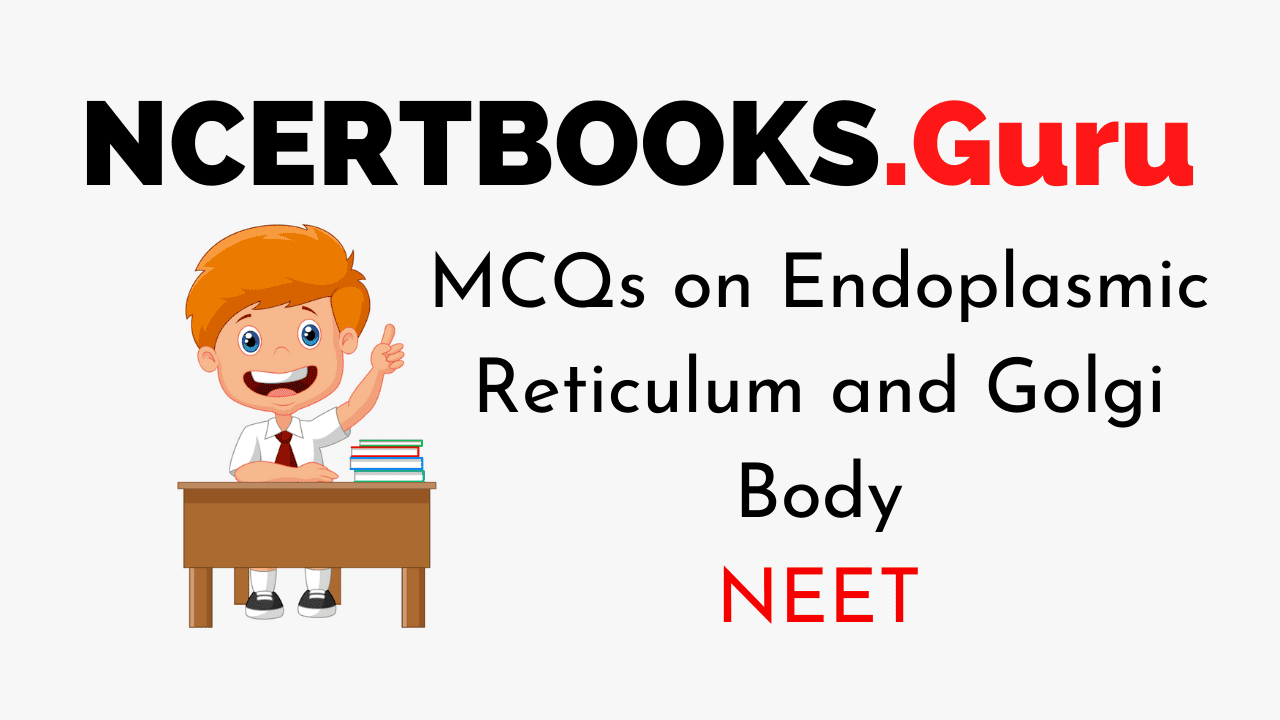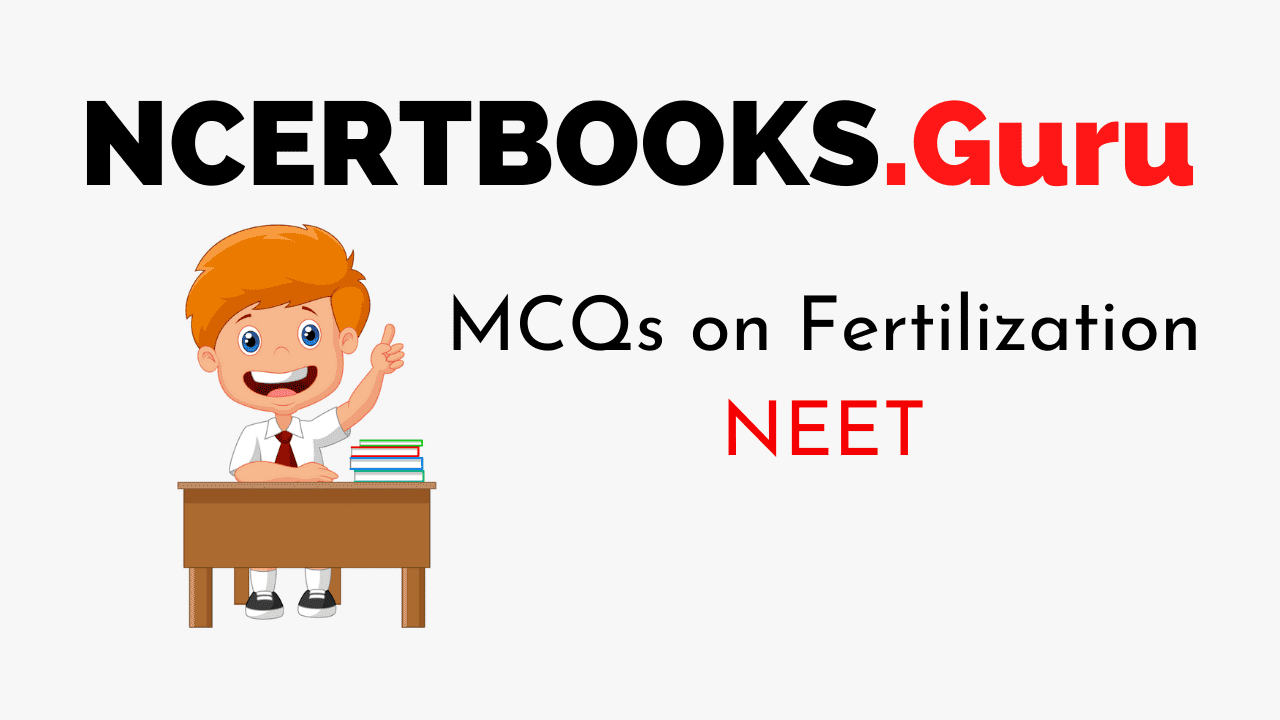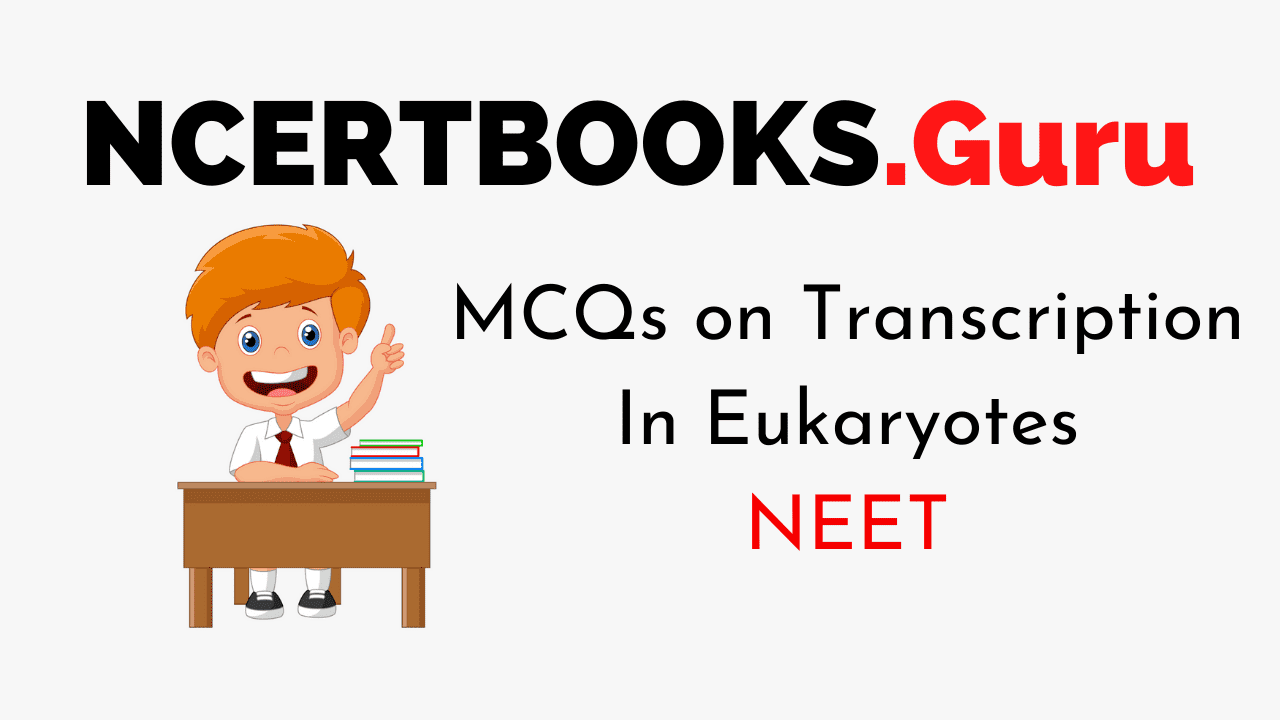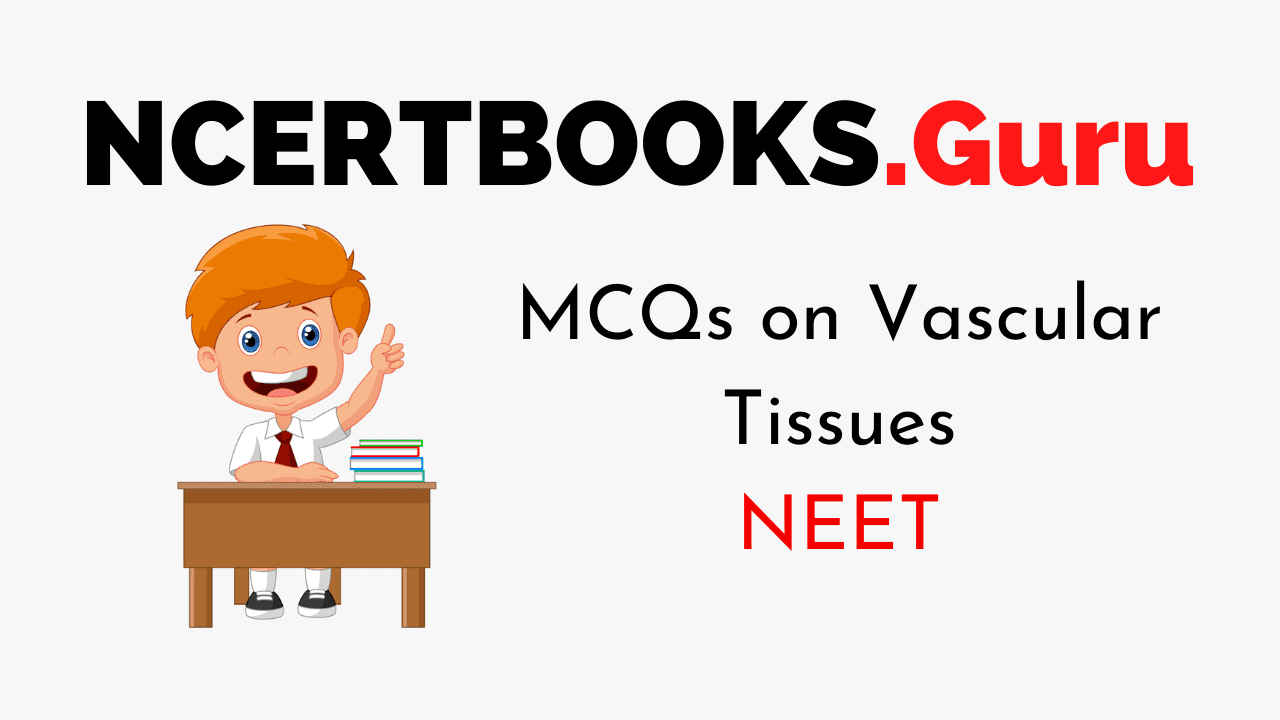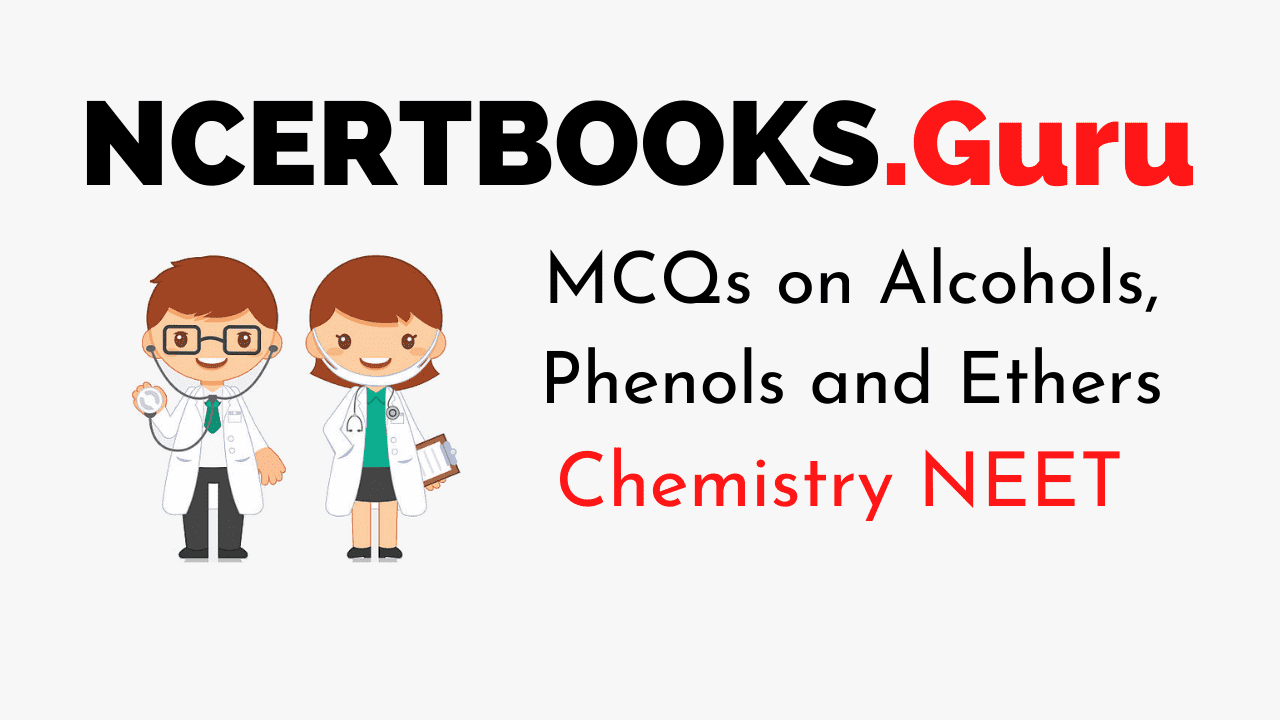NEET Biology is the scoring paper in the medical entrance examination. Here, you will discover the NEET Biology MCQ Questions for all Concepts as per the latest syllabus. Practice more on a regular basis with these NEET Biology objective questions on air pollution and improve your subject knowledge & problem-solving skills along with time management. NEET Biology Endoplasmic Reticulum and Golgi Body Multiple Choice Questions make you feel confident in answering the question in the exam & increases your scores to high.
MCQs on Endoplasmic Reticulum and Golgi Body
1. This is the site where detoxification of xenobiotic compounds occurs
(a) Rough endoplasmic reticulum
(b) Ribosomes
(c) Cytosol
(d) Smooth endoplasmic reticulum
Answer
Answer: (d)
2. This is the function of Glycosylation
(a) helps in cell-cell adhesion
(b) confer stability in proteins
(c) helps in proper folding of protein
(d) synthesis of membrane lipid
Answer
Answer: (d)
3. This is a correctly matched pair
(a) Lysosomes – involved in synthesizing amino acids
(b) Microsomes – take part in photosynthesis
(c) Centrosomes – Provides enzymes essential for digestion
(d) Endoplasmic reticulum – has a role in the formation of a new nuclear membrane while cell divides
Answer
Answer: (d)
4. The endoplasmic reticulum in rapidly dividing cells is
(a) absent
(b) not functional
(c) poorly developed
(d) highly developed
Answer
Answer: (c)
5. The ER and bodies linked with it during ultracentrifugation are separated as a fraction known as
(a) Episome
(b) Polysome
(c) Microsome
(d) Quantasome
Answer
Answer: (c)
6. Sarcoplasmic reticulum is associated with
(a) Hormone synthesis
(b) Protein synthesis
(c) Release of calcium ions from muscle contractions
(d) None of the above
Answer
Answer: (c)
7. This is related to glycosylation of protein
(a) Lysosome
(b) Peroxisome
(c) Mitochondria
(d) ER
Answer
Answer: (d)
8. The transfer vesicle from RER fuse with which region of golgi complex
(a) Protein arms
(b) Medial
(c) Cis
(d) Trans
Answer
Answer: (c)
9. The main organelle involved in modification and routing of newly synthesized proteins to their destinations is
(a) Endoplasmic reticulum
(b) Lysosome
(c) Mitochondria
(d) Chloroplast
Answer
Answer: (a)
10. SER produces
(a) Nucleic acid
(b) Carbohydrate
(c) Protein
(d) Lipid
Answer
Answer: (d)
